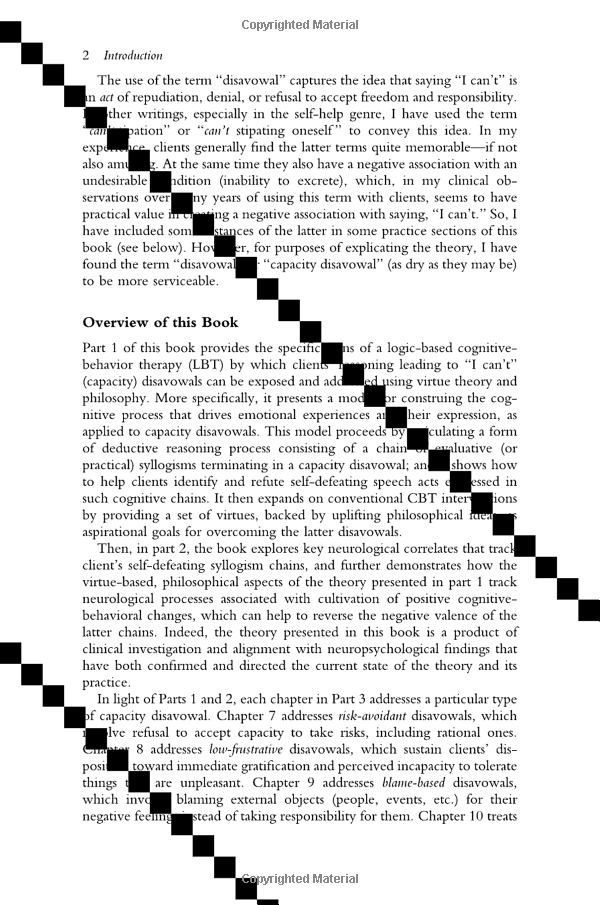Understanding the Loan Rejection Letter: Common Reasons and How to Improve Your Chances
---#### Loan Rejection LetterA loan rejection letter is a formal communication from a lender informing a borrower that their application for a loan has been……
---
#### Loan Rejection Letter
A loan rejection letter is a formal communication from a lender informing a borrower that their application for a loan has been denied. This letter typically outlines the reasons for the rejection, which can vary based on the lender's criteria and the borrower's financial situation. Understanding the contents of a loan rejection letter is crucial for individuals who wish to improve their chances of securing a loan in the future.
#### Common Reasons for Loan Rejection
There are several reasons why a loan application might be rejected. Some of the most common reasons include:
1. **Poor Credit History**: One of the primary factors that lenders consider when evaluating a loan application is the applicant's credit score. A low credit score can indicate a history of missed payments or defaulted loans, leading to rejection.

2. **Insufficient Income**: Lenders assess the applicant's income to determine their ability to repay the loan. If an applicant's income is deemed insufficient relative to the loan amount, the application may be denied.
3. **High Debt-to-Income Ratio**: This ratio compares an individual's total monthly debt payments to their gross monthly income. A high debt-to-income ratio can signal financial instability, prompting lenders to reject the application.
4. **Incomplete Application**: Sometimes, applications are rejected simply due to missing information or documentation. It's essential to provide all required information accurately to avoid this issue.
5. **Employment History**: Lenders prefer applicants with stable employment histories. Frequent job changes or gaps in employment can raise red flags and lead to rejection.
#### What to Do After Receiving a Loan Rejection Letter

Receiving a loan rejection letter can be disheartening, but it is important to take constructive steps afterward:
1. **Review the Letter**: Carefully read the loan rejection letter to understand the specific reasons for the denial. This information can guide your next steps.
2. **Check Your Credit Report**: Obtain a copy of your credit report to verify the information it contains. If there are errors, dispute them with the credit bureau to improve your score.
3. **Improve Your Financial Situation**: Address any issues that may have contributed to the rejection. This might include paying down existing debts, increasing your income, or building a stronger credit history.
4. **Consider Alternative Lenders**: If traditional lenders have rejected your application, consider exploring alternative financing options, such as credit unions or peer-to-peer lending platforms.

5. **Reapply in the Future**: After taking steps to improve your financial situation, consider reapplying for the loan. Ensure that you meet the lender's criteria before submitting a new application.
#### Conclusion
A loan rejection letter can be a setback, but it is also an opportunity for growth and improvement. By understanding the reasons behind the rejection and taking proactive steps to address them, borrowers can enhance their chances of loan approval in the future. It is essential to approach the situation with a positive mindset and a willingness to learn from the experience. Remember, many successful borrowers have faced rejection before ultimately securing the funding they needed.